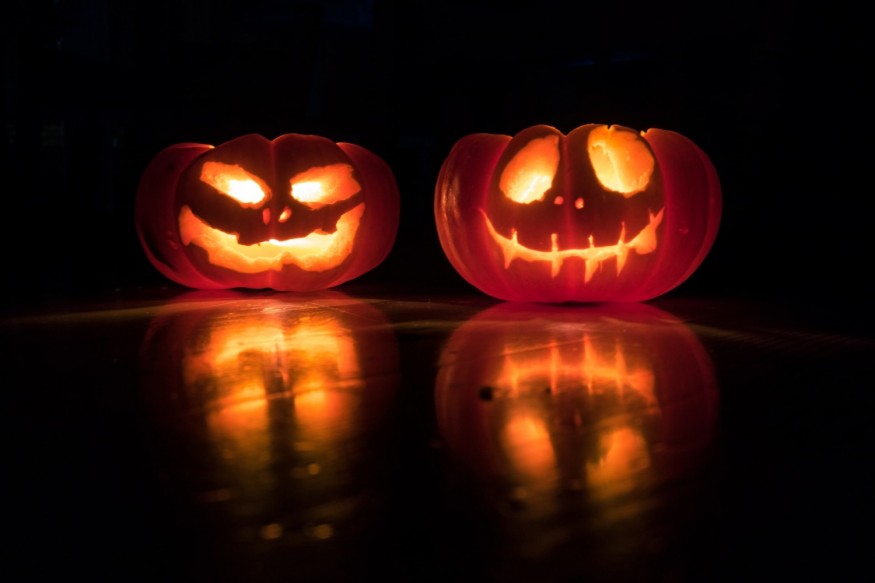Halloween Origins: Thousand Years-Old Ceremony Inspired Today's Most Celebrated Holiday

Halloween has been a favorite holiday for people of all ages. Children love trick-or-treating, and adults like to play dress up and pretend to be someone else for just one night.
But did you know that this beloved holiday is actually connected to an annual Celtic festival called Samhain?
The Celtic pagan festival was actually appropriated by the early Catholic Church way back 1,200 years ago. Ancient Celts were composed of various tribes and small kingdoms once found across western and Central Europe.
They were said to have a distinct language and culture, according to a historian specializing in Celtic and medieval history, as reported by History.
Celts still thrived in places such as Brittany, Cornwall, Ireland, the Isle of Man, Scotland, and Wales, even after the Romans colonized their realm.
Halloween Origins
Samhain was considered to be the core founder of the idea of the festivity of Halloween. It is a Celtic festival that showcases the Celts' perspective about the world.
"All the Celtic peoples conceived of a fundamental dichotomy between light and dark, with the former representing positive, lucky, fruitful values and the latter representing negative, threatening, destructive values," Suppe was quoted in a History article.
For the Celts, Samhain was the time when the spiritual world became visible to humans.
This is also the time when gods enjoyed playing tricks on mortals, and when the dead linger around the living.
This is also the time when the Celts gather all their harvests so as their produce will not be damaged by the evil or mischievous spirits.
However, token offerings of harvested food should be offered to the spirits to soothe them.
This practice can also be said to be the same with Mexico's Day of the Dead, wherein the deceased's relatives decorate their altars with their favorite foods and photos.
Samhain's Adoption
The adoption of Samhain's practice started with Pope Gregory I who led the Catholic Church from A.D. 590 to 604.
Pope Gregory I advised a missionary headed to England that instead of trying to change the pratice's of non-Christians, they simply should link it to a Christian religious purpose.
With this, the Celts' Samhain was converted and given a Christian translation.
The Church mixed the traditions with Celtic spirits and Catholic spirits.
The Church classified Nov. 1 as All Saints Day in the 800s.
The first night of Samhain, Oct. 31, became All Hallows Day Evening, which was the night before the saints were acclaimed.
Suppe explained that the early Catholic Church believed in saints, who were Christians deemed respectable for their devout and religious beliefs and lives.
However, saints have also been connected to supernatural happening with their involvement in miraculous happenings.
Trick-or-treating also came from the Celts' practice of giving token bits of the harvest to spirits mingling outside of houses.
A History article also explained that centuries later, Halloween customs were then brought to the United States by the immigrants from Ireland, Scotland, and other ancient homelands of the Celts.
I guess, we'd have to thank the Celts for the trick-or-treating tradition.
Check these out:
Subscribe to Latin Post!
Sign up for our free newsletter for the Latest coverage!















